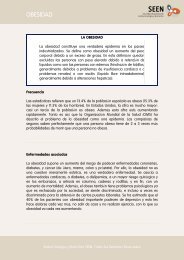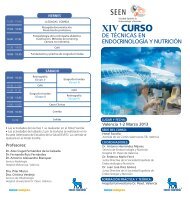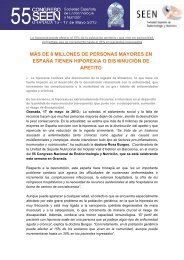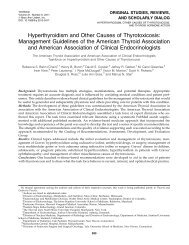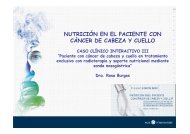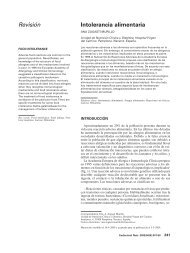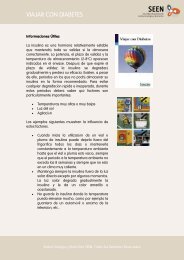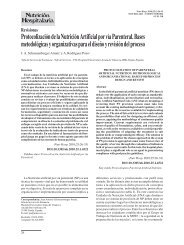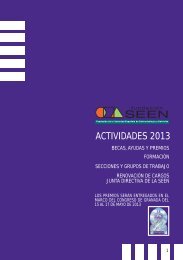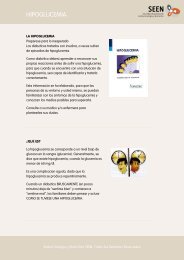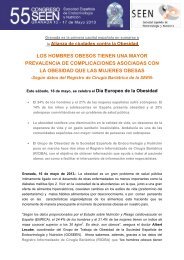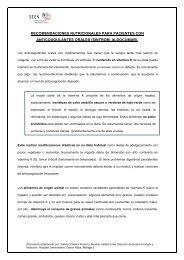Basic Concepts of Fluid and Electrolyte Therapy
Basic Concepts of Fluid and Electrolyte Therapy
Basic Concepts of Fluid and Electrolyte Therapy
Create successful ePaper yourself
Turn your PDF publications into a flip-book with our unique Google optimized e-Paper software.
Definition<br />
AKI is a result <strong>of</strong> a rapid fall in glomerular filtration rate occurring<br />
over hours or days. The consequences include a failure to regulate<br />
fluid <strong>and</strong> electrolyte balance <strong>and</strong> a failure to excrete metabolic waste<br />
products <strong>and</strong> drugs.<br />
AKI is defined when one <strong>of</strong> the following criteria is met;<br />
Serum creatinine rises by ≥26 µmol/l within 48 hours or<br />
Serum creatinine rises ≥1.5 fold from a baseline value measured<br />
within the previous week or<br />
Urine output is 6 consecutive hours<br />
If serum creatinine concentration has not been measured in the previous<br />
week, use the most recent creatinine concentration measured<br />
within the last three months. AKI can be staged according to the<br />
criteria in Table 19.<br />
Table 19: Stages <strong>of</strong> acute kidney injury<br />
Stage Serum creatinine (SCr) criteria Urine output criteria<br />
1<br />
increase ≥26 µmol/l within 48 h or<br />
increase ≥1.5-1.9 × baseline SCr<br />
6 consecutive h<br />
2 increase ≥2-2.9 × baseline SCr 12 h<br />
3<br />
increase ≥3 × baseline SCr or<br />
increase ≥354 µmol/l<br />
24 h<br />
or anuria for 12 h<br />
80




